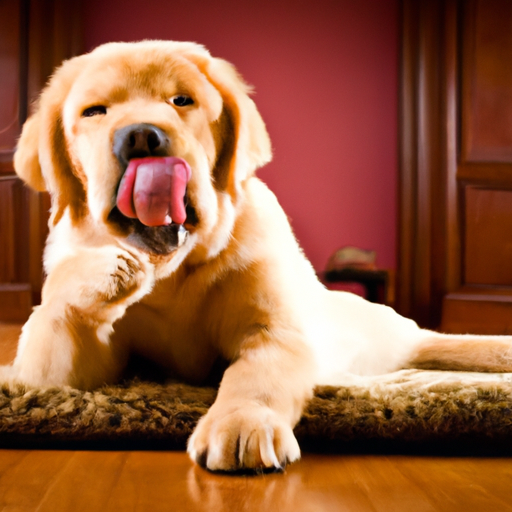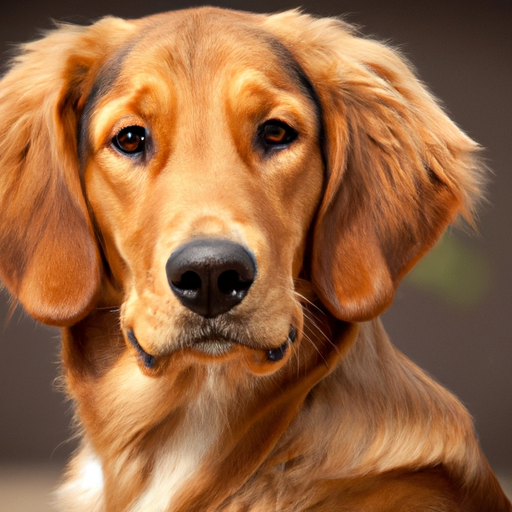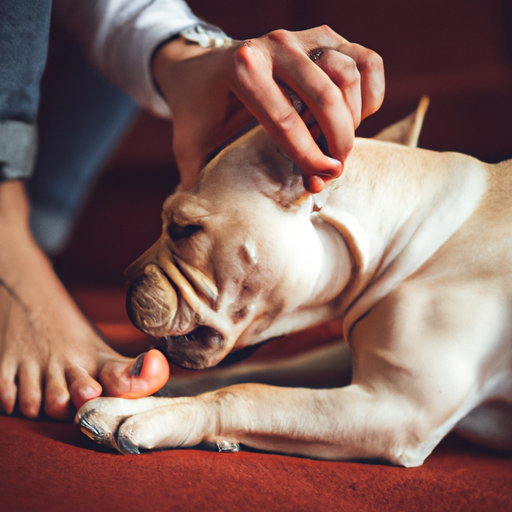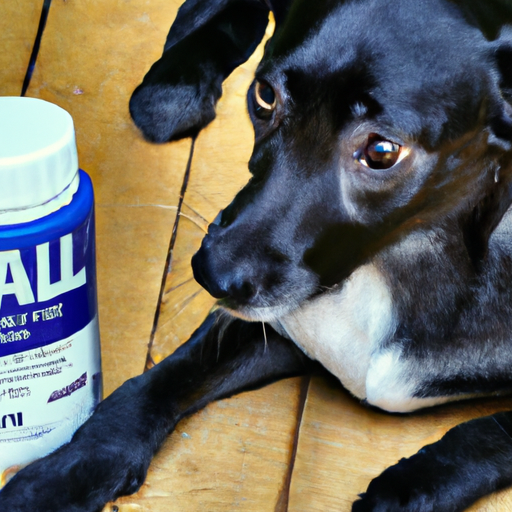What Is Parvo In Dogs?
Are you a pet owner or just a dog-loving enthusiast? You’ve probably come across the term Parvo, which is short for Canine Parvovirus. This ailment is particularly feared in the dog community – and for a good reason too. Parvo in dogs is a highly contagious virus with a high fatality rate especially among puppies. Your mind may be buzzing with questions about this devastating disease. In “What Is Parvo In Dogs”, we aim to answer those questions. Providing an in-depth look at this viral disease, we’ll discuss its origin, symptoms, treatments, and preventative measures to give a better understanding of how to protect your precious pets.
Understanding Parvovirus
Parvovirus, often abbreviated as Parvo, is a highly contagious and potentially deadly virus that primarily affects dogs. Here, we will learn more about what Parvovirus is, its history and discovery, and the different strains.
Definition of Parvovirus
Parvovirus is a disease that can infect dogs, especially puppies. This virus targets the gastrointestinal tract and immune system of dogs, causing severe vomiting, loss of appetite, bloody diarrhea and fever. If left untreated, Parvo can be fatal.
History and Discovery of Parvovirus
The canine parvovirus was first identified in the late 1970s and early 1980s when it spread rapidly among dogs worldwide. Various strains of the parvovirus have been discovered over the years, with the disease prevailing globally and affecting dogs of every breed.
Different Strains of Parvovirus
Over the years, different strains of Parvovirus have emerged. The original strain, CPV-1 is relatively rare and generally causes mild symptoms. However, the CPV-2 strain can cause severe illness and even death in dogs. A further mutation resulted in CPV-2a and CPV-2b, both of which are currently prevalent among dogs.
Transmission and Symptoms of Parvo
Next, let’s look at how Parvovirus is transmitted, its common symptoms, and the average incubation period.
How Parvovirus is Transmitted
Parvo is transmitted primarily through direct contact with an infected dog, or indirectly, by the fecal-oral route. This means a dog can contract the virus by sniffing or ingesting the feces of an infected dog. The virus can also survive on inanimate objects like food bowls, shoes, clothes, carpet, and floors.
Common Symptoms of Parvovirus
Signs of a Parvo infection in a dog usually start with lethargy, severe vomiting, loss of appetite, and foul-smelling, bloody diarrhea. Dogs may also experience fever, severe weight loss, and anemia.
Incubation Period of Parvovirus
The incubation period of Parvo, which is the interval between exposure to the virus and the onset of symptoms, can range from three to seven days.
Risk Factors and Vulnerable Dog Breeds
We’ll now consider the factors that may increase a dog’s susceptibility to Parvovirus, including age, breed-specific risk factors, and the impact of environmental conditions.
Age and Parvovirus
Young puppies between six weeks and six months old are most at risk of contracting Parvo, primarily because their immune systems are not fully developed.
Breed Specific Risk Factors
Certain dog breeds like Rottweilers, Doberman Pinschers, English Springer Spaniels, and American Staffordshire Terriers have been found to be at a higher risk of being affected by Parvo.
Impact of Environmental Conditions
Parvo is a resilient virus and can survive in the environment for months. Dogs that live in crowded conditions or unsanitary environments are more at risk of contracting the Parvovirus.
How Parvovirus Affects a Dog’s Body
Parvo can lead to several complications in dogs. Let’s discuss its impact on the digestive system, complications from dehydration, and the long-term effects of the virus.
Impact on the Digestive System
The Parvovirus assaults a dog’s digestive system, leading to a loss of the lining of the intestinal tract which further causes hemorrhagic diarrhea and vomiting.
Complications Resulting from Dehydration
Due to persistent vomiting and diarrhea, dogs infected with Parvo tend to suffer from severe dehydration. This can lead to secondary complications, such as shock and organ failure.
Long-term Effects of Parvovirus
Even with survival and recovery, some dogs may experience long-term effects from the Parvovirus, including chronic gastrointestinal problems and a weakened immune system.
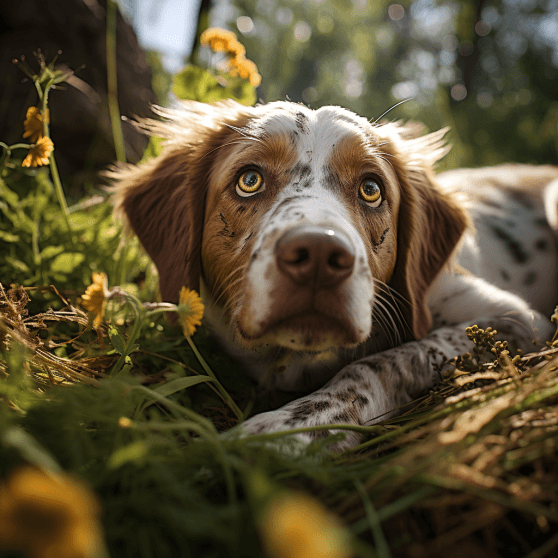
Diagnosing Parvo in Dogs
Let’s delve into how Parvo in dogs can be diagnosed. This will cover professional diagnosis methods, home detection methods, and the importance of early detection.
Professional Diagnosis Methods
A vet can diagnose Parvo based on clinical signs, a physical examination, and laboratory testing. Testing usually involves a fecal ELISA test, which can detect the parvovirus in the dog’s stool.
Home Detection Methods
While there are no reliable home detection methods for Parvo, dog owners should be alert to symptoms like refusal to eat, lethargy, vomiting, and bloody diarrhea, and seek veterinary help immediately upon spotting these signs.
Importance of Early Detection
Early detection and treatment could mean the difference between life and death for a dog affected by Parvo. The earlier Parvo is detected and treated, the better the chances of survival.
Treatment Methods for Parvo
The treatment of Parvo can be a complex process. We’ll discuss hospitalization and intensive care, medication for treating the virus, and home-based treatments.
Hospitalization and Intensive Care
Dogs with Parvo often need to be hospitalized and isolated from other pets, to stop the spread of the virus and to receive intensive care. They may need intravenous fluids, antibiotics, and medication to control vomiting and diarrhea.
Medication for Treating Parvo
There is no cure for Parvo, but supportive treatments can help alleviate the symptoms and boost the dog’s immune system. The medication usually includes antibiotics to prevent secondary infections, medicines to control vomiting and diarrhea, and other drugs to help manage pain and inflammation.
Home-based Treatments and Care
Once outside the critical phase, dogs can continue their recovery at home. Home care involves providing a clean, comfortable environment, administering prescribed medication, and feeding a balanced diet to recover lost nutrients.
Recovery and Rehabilitation from Parvo
After surviving Parvo, dogs need proper care and rest to recover. Here we’ll discuss post-hospital care, diet and nutrition for recovery, and monitoring for post-Parvo complications.
Post-Hospital Care
Even after leaving the hospital, dogs recovering from Parvo need special care. They need to be kept warm, well-hydrated, and they must receive their prescribed medication regularly.
Diet and Nutrition for Recovery
A balanced diet is crucial for a dog’s recovery from Parvo. It’s usually recommended to start with small amounts of bland, easily digestible food and gradually transition back to their regular diet.
Monitoring for Post-Parvo Complications
Dogs that have recovered from Parvo should be closely monitored for any sign of health deterioration, like loss of appetite or lethargy, which could indicate the onset of post-parvo complications.
Preventing Parvo in Dogs
Avoiding Parvovirus infection is far better than dealing with its consequences. Let’s talk about the role of vaccination, enforcing home hygiene, and the importance of regular vet check-ups.
Role of Vaccination
Vaccination is the primary method of parvovirus prevention. Puppies generally receive a series of Parvo vaccines starting at 6 weeks of age, with boosters given every 3-4 weeks until they are 16 weeks old.
Guidelines for Home Hygiene
Good hygiene can prevent the spread of the virus. This includes regularly cleaning and disinfecting areas where the dog usually spends their time, and immediate removal and proper disposal of feces.
Importance of Regular Vet Check-Ups
Regular vet check-ups can also help prevent Parvo. During check-ups, vets can monitor the dog’s health and ensure they are up-to-date with their vaccinations.
The Financial Implications of Parvo
Parvo not only affects a dog’s health but also its owner’s wallet. We’ll discuss the cost of Parvo treatment, financial aid and pet insurance, and the hidden costs of the Parvovirus.
Cost of Parvo Treatment
The treatment of Parvo can be quite expensive, considering it typically entails hospitalization, medications, lab tests, and follow-up care.
Financial Aid and Pet Insurance
Some organizations offer financial aid to help pet owners cover the cost of treating Parvo. Alternatively, investing in pet insurance can notably offset the costs of medical care for Parvo.
The Hidden Costs of Parvovirus
Apart from the direct costs of treatment, parvo can also incur hidden costs such as missed work, cleaning and disinfecting home environments, and emotional stress.
Impact of Parvo Beyond the Individual Dog
The impact of Parvo extends beyond the individual dog. Let’s examine the risk to other pets and animals, public health considerations, and efforts to eliminate Parvovirus.
Risk to Other Pets and Animals
A dog with Parvo can easily spread the virus to other dogs and animals. It’s important to isolate the infected dog and prevent contact with other pets to control the virus spread.
Public Health Considerations
Parvo can also pose public health risks as areas contaminated by an infected dog become risky zones for all other dogs that pass through there.
Efforts to Eliminate Parvovirus
Eliminating the Parvovirus is a collective effort that involves pet owners, veterinarians, and public health organizations. Efforts may include increasing awareness about the virus, emphasizing the importance of vaccination, and providing accessible treatment for infected dogs.
In conclusion, Parvovirus is a severe and potentially deadly virus that impacts dogs. However, with early detection, immediate treatment, and proper prevention methods, dogs can recover and lead healthy lives. As pet owners, it’s our responsibility to ensure the wellbeing of our furry friends by giving them a clean environment, regular vet check-ups, and timely vaccinations.

